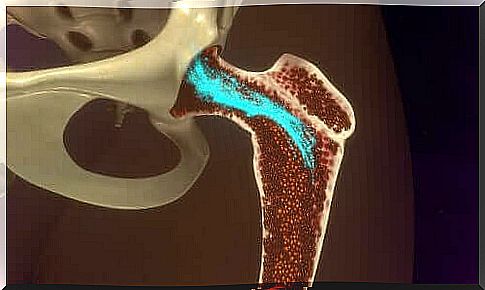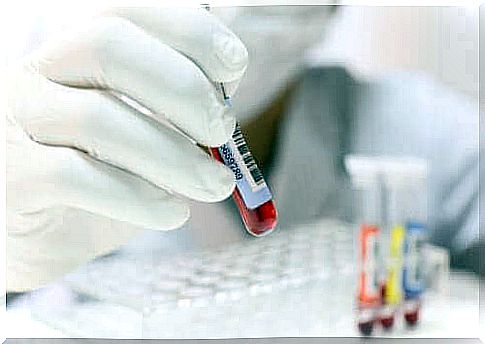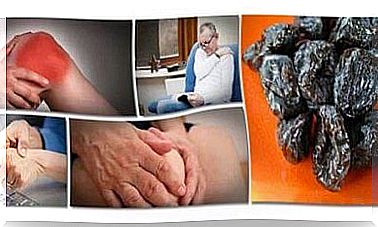Hypocalcemia Symptoms And Treatment

Today our topic is the symptoms of hypocalcemia and its treatments. If your blood calcium level is too low, you may experience symptoms of hypocalcaemia. Hypocalcemia is a common disease, but the good news is that it can be treated.
Calcium is one of the essential minerals the body needs, with two very important functions at the intracellular and extracellular levels, as several studies show.
- At the intracellular level, it is involved in several enzymatic reactions and is important for the transmission of nerve signals.
- At the extracellular level, it is an important mineral for endocrine, blood clotting, and neuromuscular junctions.
Knowledge of these two levels is very important, as many symptoms of hypocalcemia are often associated with them.
Here are some important questions about hypocalcemia.
Symptoms and treatment of hypocalcaemia

Hypocalcaemia usually occurs when the body is deficient in vitamin D. Most often, it is the result of a chronic kidney disease or some serious blood-related illness, such as leukemia.
In these and many other cases, the lack of calcium in the blood begins to affect mainly the bones, internal organs and kidneys.
The symptoms of hypocalcaemia are as follows:
- Increased sensitivity of the neuromuscular junction, which includes painful muscle cramps, mainly in the limb muscles. This is known as convulsions.
- Exhaustion and weakness. Patients are more tired than usual. This may be due to diarrhea or sudden weight loss, which are some of the symptoms of this disease.
- Psychosis and anxiety. These two symptoms are relatively common. Patients ’sense of reality may be blurred, followed by severe anxiety attacks.
- Paresthesia. In addition to cramps, tingling, numbness and burning may be felt in different parts of the body. Sometimes sharp pain can also occur.
These are just some of the symptoms of hypocalcemia. There are many more, such as arrhythmias and low blood pressure.
If your symptoms suggest hypocalcaemia, see your doctor for examinations. This allows treatment to be started as early as possible.
Treatment of hypocalcaemia

A patient with symptoms of hypocalcaemia should have a blood test to make a correct diagnosis and start treatment if necessary. This also makes it possible to determine the type of hypocalcaemia.
Acute hypocalcaemia
The symptoms of acute hypocalcaemia are quite severe, which is why treatment should be started immediately. The most common form of treatment is intravenous administration of calcium gluconate.
Note that treatment should be monitored and controlled at all times as treatment may lead to cardiac arrhythmias.
Chronic hypocalcaemia
Chronic hypocalcemia is different from acute hypocalcemia. In this case, the patient regularly has great difficulty maintaining calcium balance in the blood and has been suffering from the discomfort for an extended period of time.
A person with chronic hypocalcemia needs ongoing treatment, most commonly by taking oral calcium and vitamin D supplements.
Chronic hypocalcemia is not as severe as acute, but it also requires monitoring to keep calcium levels in balance. These follow-up visits may take place initially weekly after diagnosis, then once a month, and finally every three months thereafter. It is very important that the patient undergoes each check as directed by the physician.
There is no risk of arrhythmias, but kidney stones may occur. You can try to keep them away by curbing the use of salt.
I hope you get to know the symptoms and treatments of hypocalcemia with this article. The ailment is relatively common, but few know about it.









